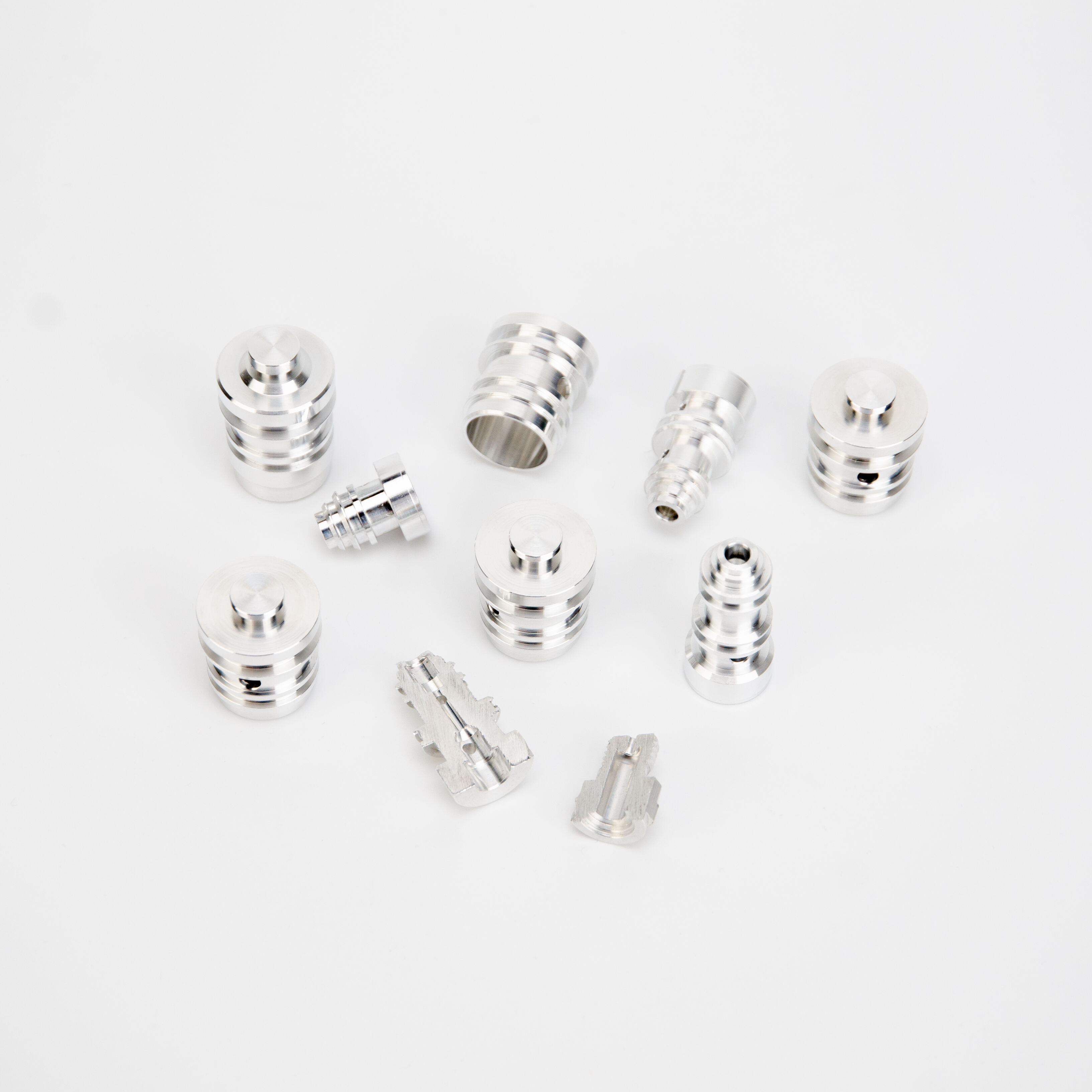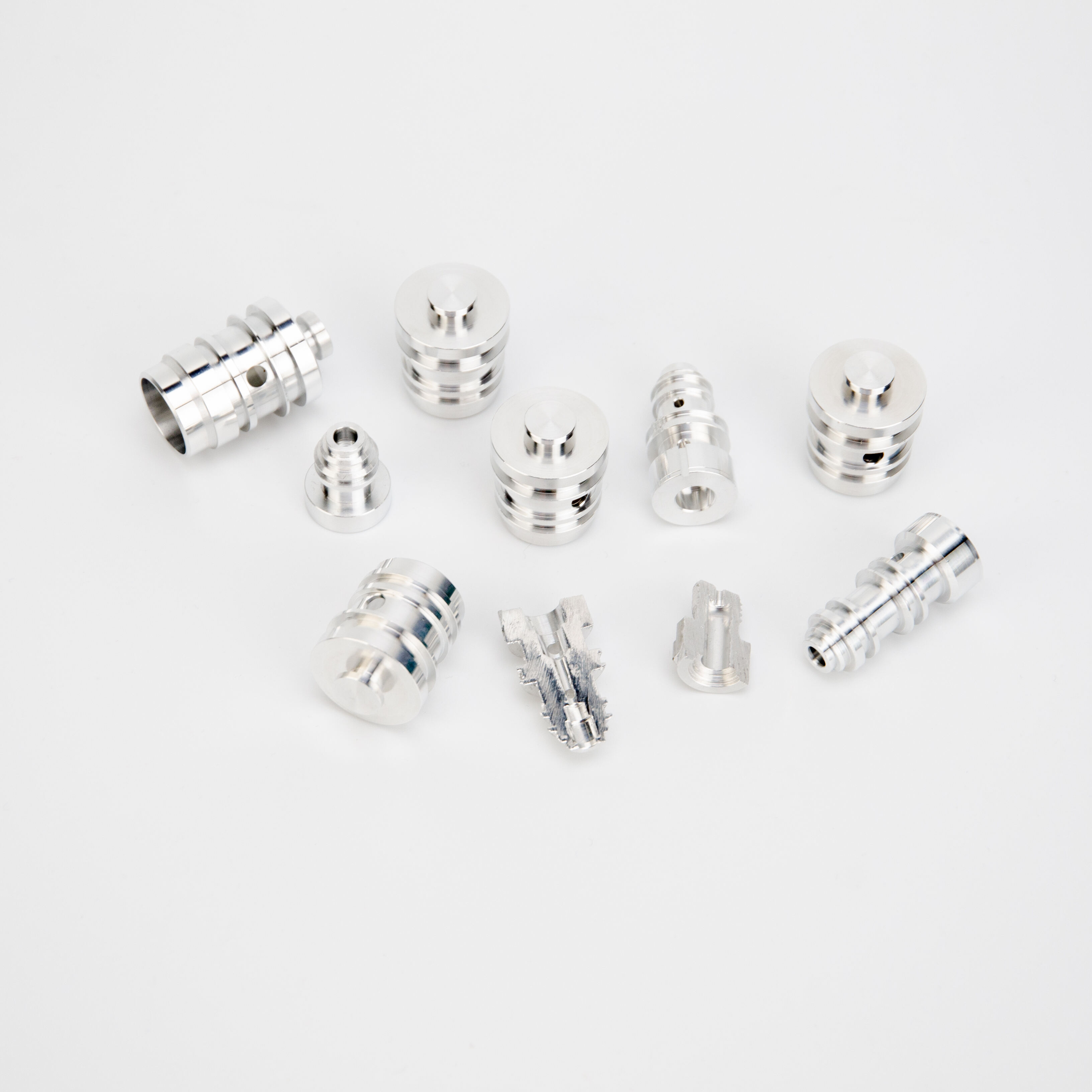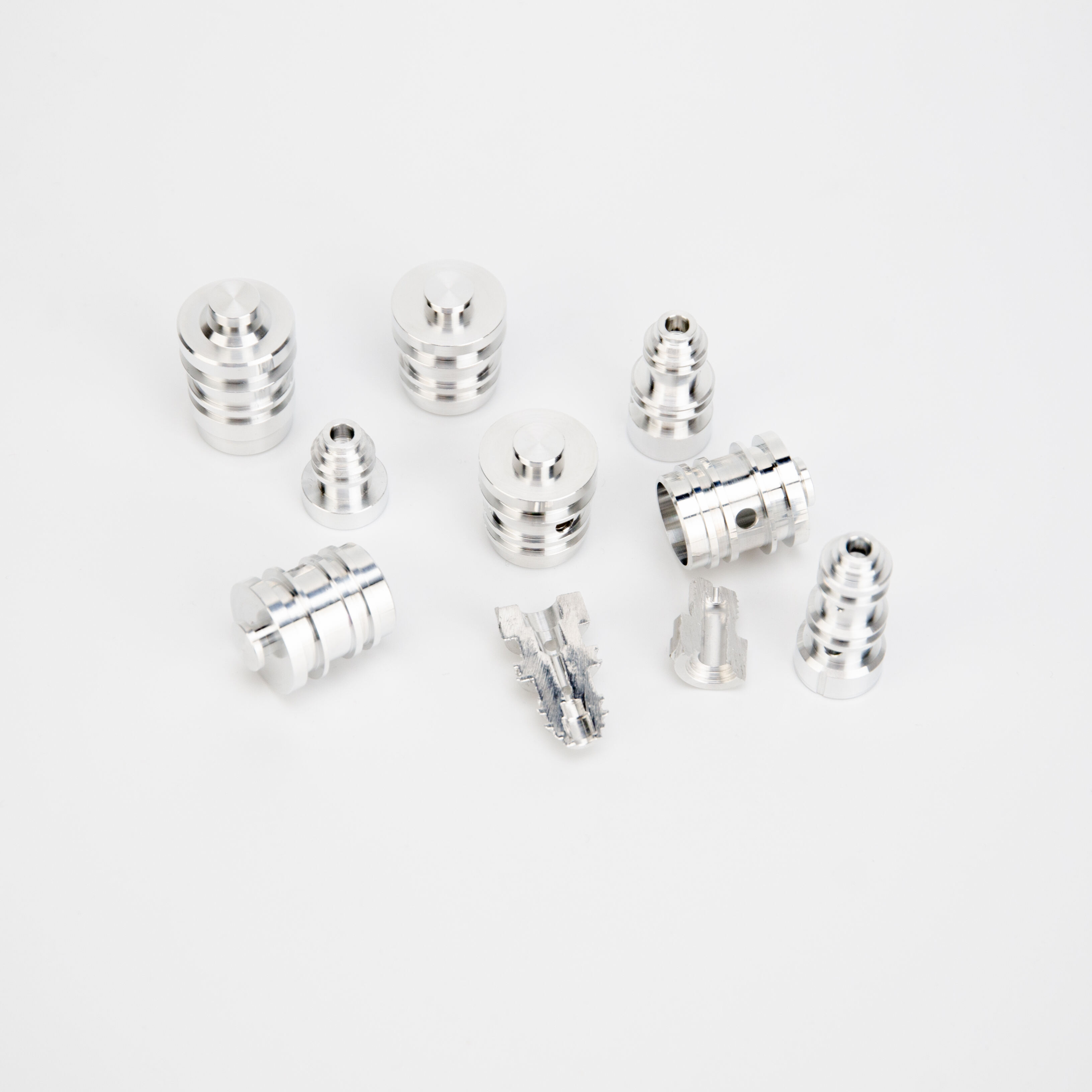5 axis cnc machine parts
The 5 axis CNC machine parts encompass a sophisticated set of components designed for precision and versatility in manufacturing. The main functions of these parts include simultaneous and continuous cutting on five different axes, which allows for complex shapes and intricate designs with high accuracy. Technological features such as direct numerical control and the use of advanced materials enhance the performance and durability of these parts. Applications span across various industries, including aerospace, automotive, and medical, where precision and complexity are paramount. The machine's parts such as the spindle, rotary table, and linear guides work in concert to deliver unparalleled precision and efficiency.


